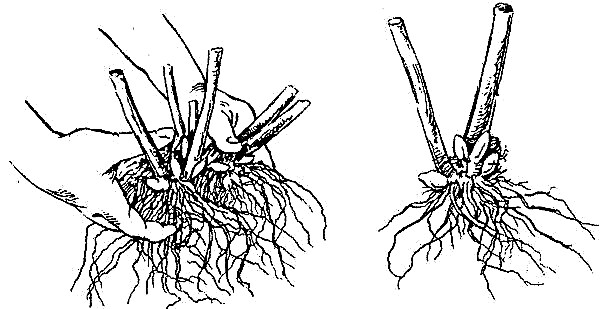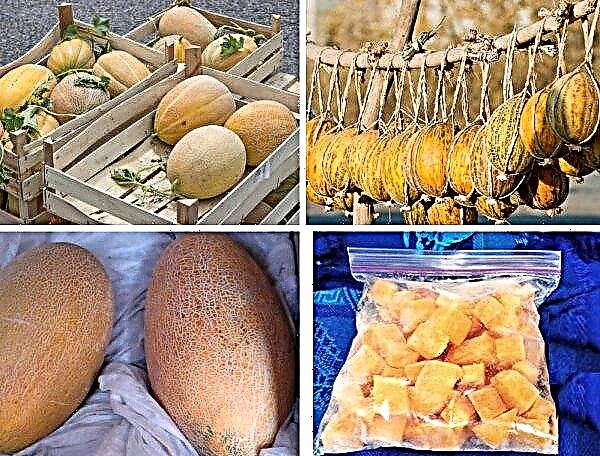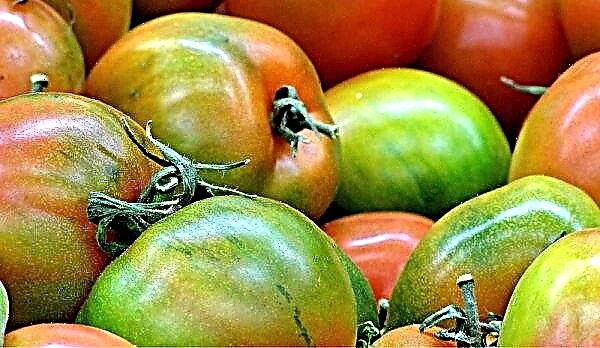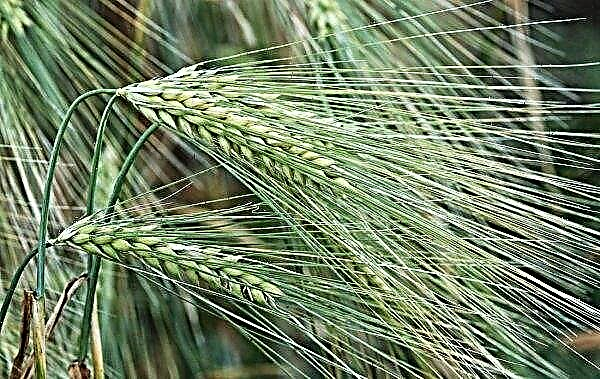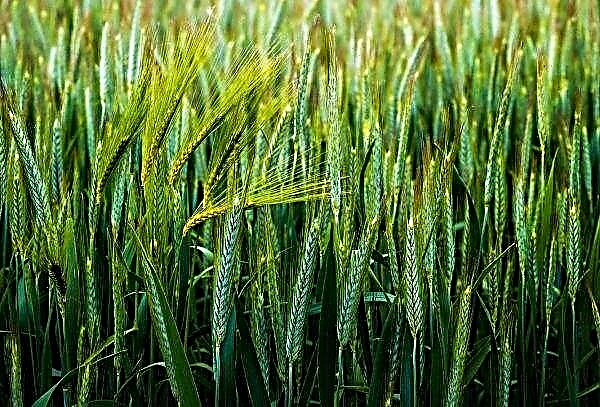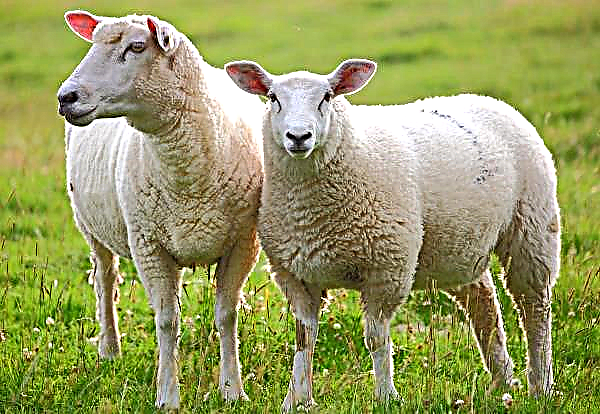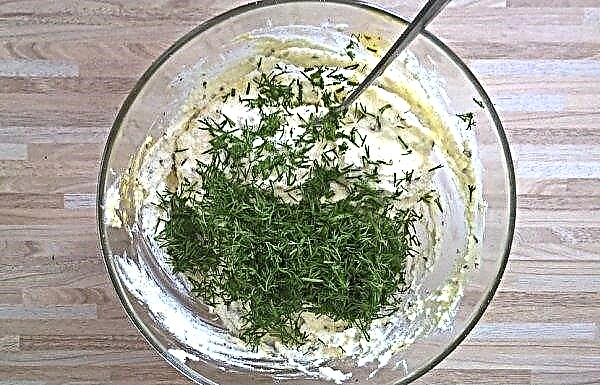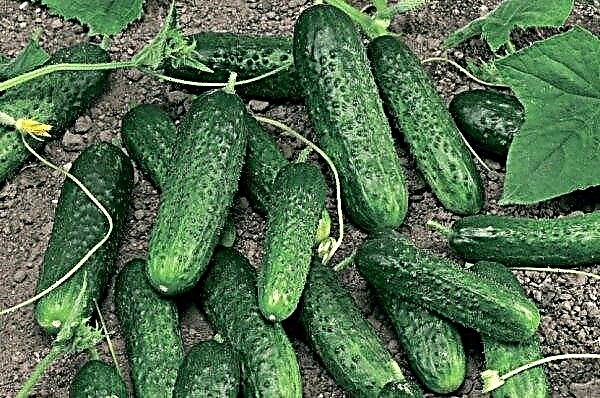Among the variety of potato varieties on the market, it is sometimes difficult to choose the one that simultaneously meets the most varied requirements: good taste, keeping quality (an extremely important indicator for winter purchases), and the correct form. One of these varieties, successfully combining all of the above qualities and not only them, is Jelly.
History of selection and distribution
Jelly is a fairly young variety, German specialists in the field of selection bred it in 2005. Soon the variety was included in the State Register of the Russian Federation. The first regions where farmers got to know the features of the new potato were the Central and Volgo-Vyatka districts. The originator of the variety is the German company EUROPLANT PFLANZENZUCHT GMBH. By 2010, the variety had gained quite wide popularity, which gave it the opportunity to gain distribution in the more southern regions of Russia, where climatic conditions make it possible to obtain early Jelly crops. Currently, the variety has gained enough popularity to be grown on an industrial scale, which is now being done by large farmers and agricultural enterprises.
By 2010, the variety had gained quite wide popularity, which gave it the opportunity to gain distribution in the more southern regions of Russia, where climatic conditions make it possible to obtain early Jelly crops. Currently, the variety has gained enough popularity to be grown on an industrial scale, which is now being done by large farmers and agricultural enterprises.
Did you know? Although potatoes are quite cheap, both at the cost of growing and at the selling price, there are very expensive varieties of this crop. For example, the exclusive La Bonnotte variety, which is grown on the coast of the French Riviera, is absolutely without any mechanization. The price of such potatoes reaches 500 euros per 1 kg.
Description and characteristics of the variety
This variety has a fairly high bush, the tops are often kept straight, sometimes spread to the sides. The leaves are dark green in color, white flowers are collected in compact inflorescences. Refers to mid-early high-yielding varieties.
Among the main qualities of Jelly are the following:
- ripening period - 90-110 days from the beginning of the growing season;
- productivity - about 55 tons per 1 ha;
- one bush will give birth to 15 tubers;
- mass of tubers of commercial quality - 85–145 g;
- neat oval tubers, about the same size (from one bush), have a yellow skin color and the same flesh, only a darker shade;
- in ripe tubers, the starch content can reach 15–18%;
- small eyes are shallow.
 Absolutely any region where potato grows is suitable for growing, although Jelly feels better on moderately moist soil. Susceptibility to pests (late blight) and viruses can be called moderate. It has excellent palatability, retains color during cooking, and is successfully used for cooking first courses, fries and fries.
Absolutely any region where potato grows is suitable for growing, although Jelly feels better on moderately moist soil. Susceptibility to pests (late blight) and viruses can be called moderate. It has excellent palatability, retains color during cooking, and is successfully used for cooking first courses, fries and fries.Advantages and disadvantages
- Jelly has a lot of positive qualities, among which are the following:
- great taste;
- plentiful harvest;
- tubers of one caliber;
- high (over 85%) storability and good transportability;
- the variety is good both for growing on an industrial scale, and for small summer cottages;
- tolerates dry weather;
- does not require much attention in care, is not capricious;
- responds well to fertilizer and top dressing;
- It is immune to most diseases and resistant to parasite attacks.
Planting and growing potato varieties
The procedures for planting and growing Jelly potatoes are not much different from similar measures applied to other varieties, but there are still some nuances.
Optimal timing
Potato planting times vary by region. To calculate them more accurately, this rule will help: plant Jelly when the soil warms up to + 8 ° C ... + 10 ° C, to a depth of 12 cm.
Important! Jelly potato, planted as early as possible (while the substrate should be sufficiently warmed up), gives 1/3 more yield in comparison with tubers planted later.
Crop rotation rules
The rotation rules for Jelly, as well as for other varieties of potatoes, are simple.
- Culture feels good after:
- pumpkin;
- phacelia;
- turnips;
- carrots;
- legumes;
- onions and garlic.
- It is permissible to grow after such crops:
- cabbage;
- beet;
- dill;
- parsley.
- But after the following vegetables, potatoes should not be planted:
- Tomatoes
- pepper;
- eggplant.
Soil requirements
The most acceptable soil type for this variety is light sandy loam.
Preparing planting material
15–20 days before the expected planting dates, it is necessary to get planting material (if any) from the storage location; if not, purchase tubers for planting. It is best to take them out in the sun and let them turn green. When the eyes come to life a little, large tubers can be cut into pieces, the variety normally responds to such procedures. You just need to carefully watch so that at least one peephole is on each piece of the tuber. The places of cuts on the tubers will not be superfluous to slightly cover with ash. This operation performs the function of protection and feeding.
Landing technology
Before planting potatoes, the future cultivation site should be treated with a cultivator, remove all unnecessary from the soil (the remains of previous plantings). Then the substrate should be fertilized with potassium sulfate and magnesium, as well as superphosphate. The planting scheme for Jelly is as follows: the distance between rows is 0.75–0.8 m, the distance between tubers is 0.35–0.4 m. A denser planting of potatoes leads to a decrease in yield and the appearance of diseases due to lack of aeration and ultraviolet radiation. The tuber should be buried in the soil by 9-12 cm.
Did you know? Since potatoes tolerate different processing methods, over two thousand dishes can be prepared from it.
Features of potato care after planting
Dry weather for this variety is not a problem - most often additional watering is not required. You can apply water procedures, except if there is no rainfall during the flowering period and at the very beginning of the formation of tubers. Of all agrotechnical procedures, only weeding (weed removal) and double hilling are required, which contributes to loosening the soil. And, of course, the main problem of planting potatoes is the Colorado potato beetle. To destroy it, spraying is used, and also removed by hand (in case of small landings).
From agrotechnical techniques, the following should be distinguished:
- add organic matter at the rate of 6–9 kg per 1 m;
- the first time they carry out hilling when the bushes reach 18–22 cm in height;
- re-hilling is carried out during the formation of buds;
- loosening (deep enough) should immediately after the first shoot has risen.
Important! The use of any chemicals to combat diseases and parasites is stopped 4 weeks before harvest.
Possible growing difficulties
By the time Jelly was bred, breeders had already quite successfully developed varieties with resistance to most diseases, so strong immunity is one of its characteristic features.
The following are diseases that the immune system of this variety successfully resists:
- potato cancer;
- nematodes;
- blackleg;
- scab;
- various viruses.
Perhaps only a serious threat to Jelly late blight. Although, if you start to fight this problem in the initial stage, and carry out at least three treatment procedures, the chances of success are very high.
Among the most effective drugs against late blight, the following can be distinguished:
- "Ridomil";
- Oksikhom;
- "Cupritox";
- Kuproksat.
Harvesting and storage
Harvest should be in dry, clear weather, this circumstance contributes to the good preservation of the crop and its durability. The crop is laid out in a single layer directly on the ground, and in the evening they are cleaned under a canopy. At this time, the harvested potatoes need to be blown with fresh air to completely dry out, to prevent mold and spoilage. The whole crop is sorted, defective (damaged when digging up) tubers are removed, the potatoes are packed in bags and stored in a dry, dark place (basement, cellar).
In addition to excellent taste, durability and excellent presentation, Jelly also has an absolutely undemanding "character" and high productivity. This circumstance makes this variety one of the favorites for cultivation by both farmers and large agricultural producers, as well as summer residents for personal use.


